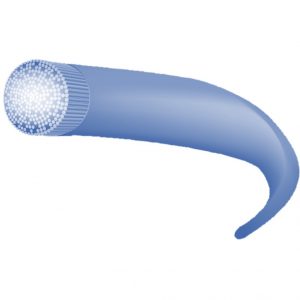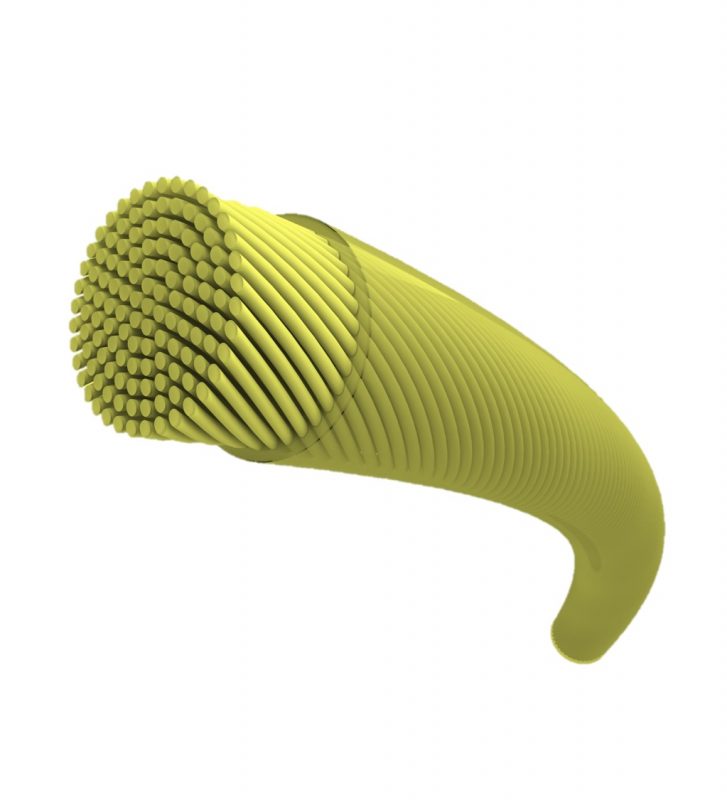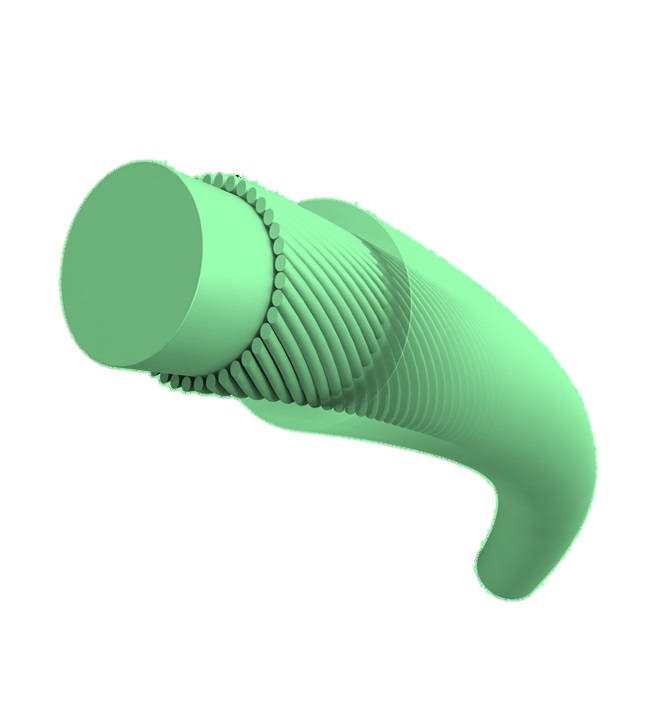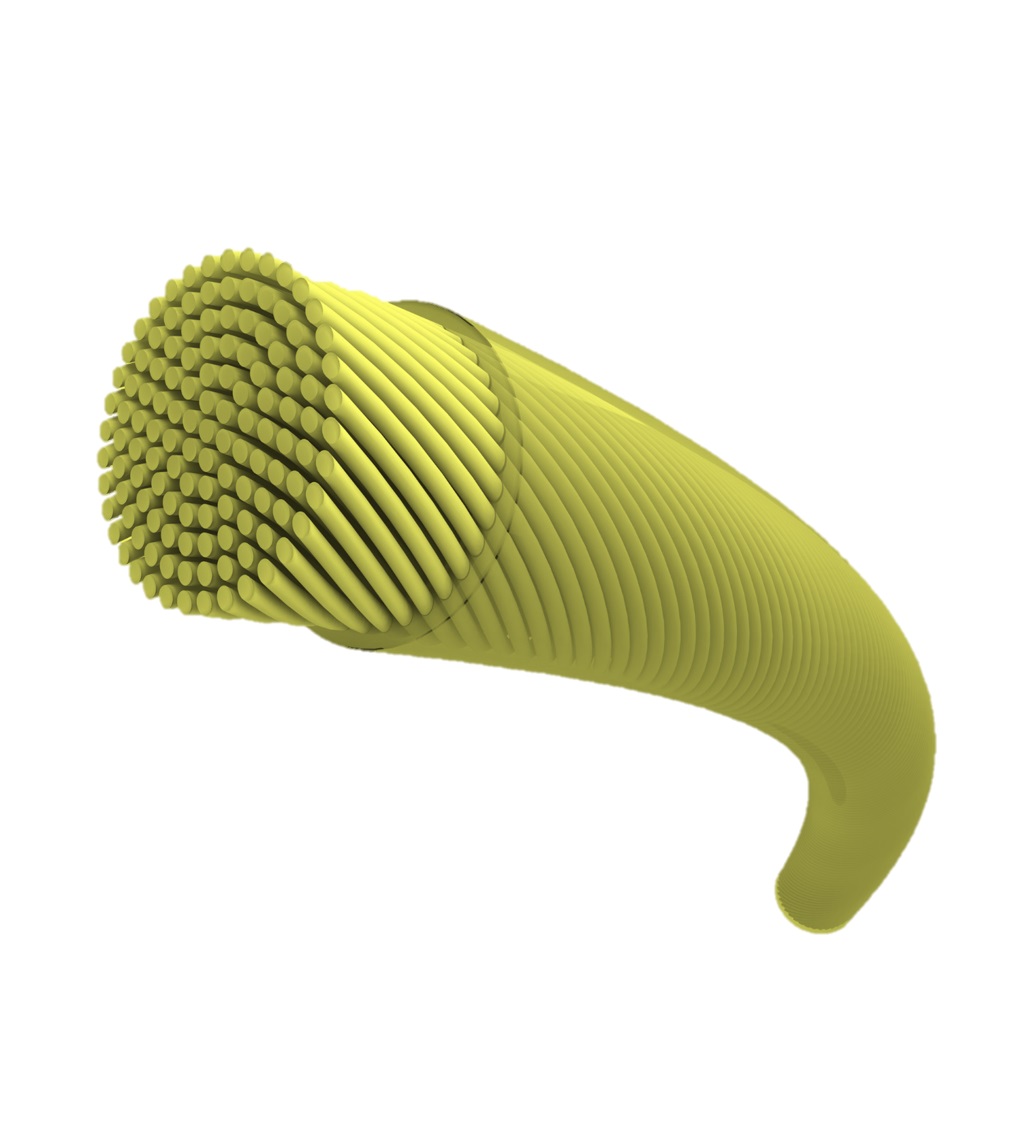There are more choices than ever when getting your racquet restrung. So often players demo multiple racquets and settle on their favorite, without figuring out what the best string is for their new frame. Here are the 4 main categories of tennis string, and a little background on which string types work the best for which players.
Natural Gut String
Just like it sounds, natural gut is the most premium string available. It offers the best tension maintenance and playability on the market. Natural gut lasts longer and holds tension better than any other string segment.

Heavy top spinners and string breakers are using natural gut in a blend with a co-polyester monofilament to improve durability. Though natural gut strings are the most expensive, if you are not a frequent string breaker, they make a lot of sense because their performance is second-to-none. There is no other string on the market with the best combination of power, comfort, feel, and resiliency as the natural gut.
Multifilament String
Second, in terms of comfort, only the natural gut is multifilament. These strings are made up of hundreds and even thousands of microfilaments. They incorporate the use of polyurethane for strong elasticity and control at higher tensions. At lower tensions, multifilaments offer high levels of power and are a great way to soften a stiffer frame. If you have experienced tennis elbow, or a sore wrist after playing, multifilaments can help. Multifilaments offer strong shock absorption and feel, but will fray and lose tension quite a bit faster than the natural gut.

Synthetic Gut String
Synthetic gut is a tough one to define just because there is such a variety of constructions used to create it. Most commonly, synthetic guts use a solid central core and a layer or two of filaments to enhance response and durability. Synthetic guts are usually cheaper in price and offer a good middle ground between natural gut softness and co-polyester firmness. Synthetic Gut strings are often called nylon strings, though the constructions have gotten much more sophisticated by using different materials to enhance playability.
Because of the solid center core, synthetic gut strings are tougher and hold tension better than multifilament or co-polyester constructions. Some examples would be HEAD Synthetic Gut, Wilson Synthetic Gut Power, and Gamma Synthetic Gut with Wearguard. Players typically describe synthetic gut strings as more crisp feeling than multifilament strings.

Monofilament String
The market is overflowing right now with monofilament co-polyester strings. They offer impressive durability for players who take big swings at the ball and break strings quickly. These strings are not for everyone though. Because the material is often firm, it is difficult to get the strings to move unless you can really produce consistent racquet head speed.

If you can’t move the strings, then polyester is largely not doing anything positive for you. Something else to consider, their inherent stiffness lets players string with lower tensions and maintain control, even as low as 40 pounds. And though they will not break quickly, co-polyester strings lose tension faster than any other string type, so just because they are not broken, doesn’t mean they don’t need to be restrung.
There are also several monofilament string options available that are polyester free. Some examples are Babolat Origin and Diadem Evolution. Both are monofilament polyamides, and provide a firm crisp response but not in the realm of polyester. Another example is the Zyex Monofilament Monogut ZX which again contains no polyester and offers outstanding dynamic stiffness. It is softer than polyester but not as comfortable as the natural gut. The bottom line is: not all monofilaments are created equal!!!!!
Hybrid String
Hybrids combine two different string types within the same string job. In years past, professionals would help natural gut strings last longer by pairing them with a durable kevlar/aramid string. Kevlar string is still around, but it has been replaced in hybrid setups by polyester strings. Kevlar is the same material used in body armor, so it is a tough string, but not very forgiving at all.
Tennis manufacturers are constantly tinkering with new string technologies and materials. The top brands offer rough, textured, and different string shapes designed to give the consumer better performance. Remember, breaking strings is not a bad thing. It means you are imparting spin and pace on your shots. If you start breaking strings too frequently, try a thicker gauge first. If you are still breaking strings too often, you might consider changing to a different construction.
For More:





